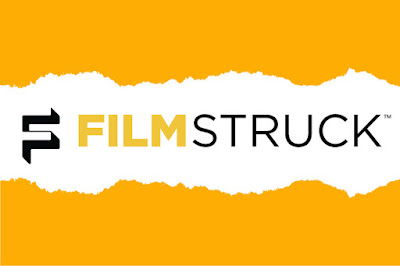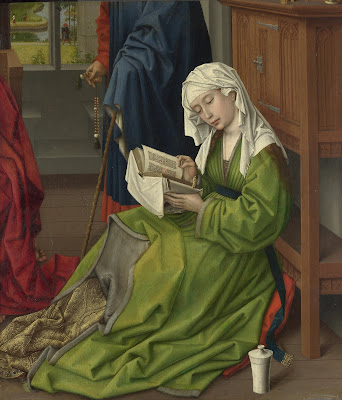
"Marvin Schneider, 79, flashed his New York City employee identification badge — 'clock repairer' — and walked into City Hall in Lower Manhattan on Friday morning. The end of daylight saving time was approaching — clocks are supposed to be turned back Sunday at 2 a.m. — and Mr. Schneider had gone to City Hall to turn back time. Mr. Schneider’s actual title is a bit more grandiose than his badge description. He is the city’s official clock master and he has been tending some of the city’s grandest public clocks since the late 1970s. His year-round maintenance includes timing adjustments — although these old clocks are surprisingly accurate, he said — and repairing the gears, levers and chains behind those giant clock faces that some people still rely on even in the smartphone age. ..."
NY Times














































